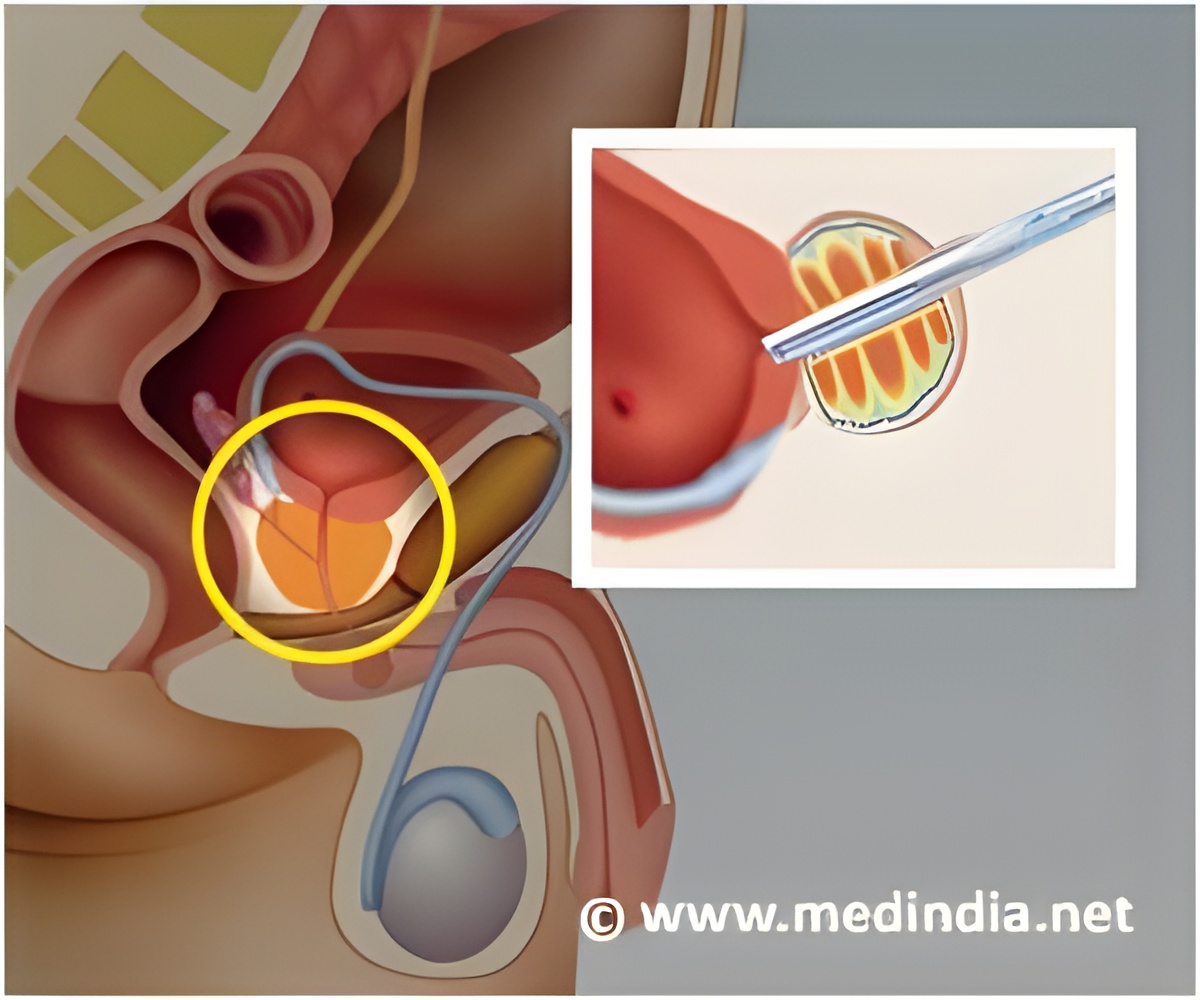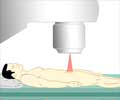Focal therapies such as cryotherapy, High-Intensity-Focused Ultrasound (HIFU) Vascular targeted photodynamic therapy are effective ways of managing low risk or intermediate risk prostate cancer.

Thanks to the tumor marker, prostate-specific antigen (PSA), it has been observed that there has been a 75% decrease in the metastatic prostate cancer. So, radical surgeries such as prostatectomy that may cause complications like bleeding and pain, and long term problems like rectal problems or impotence are no longer justifiable.
Focal therapy is the new advancement in prostate cancer treatment. It is a ‘middle ground’ alternative between active surveillance and radical treatment that has shown early cancer cure or control. Focal therapy uses advanced, targeted diagnostics such as MRI, ultrasonography and the TargetScan biopsy tool to pinpoint the location of the prostate cancer, and then destroys only that part of the prostate that is cancerous.
A review study by Takeo Nomura and Hiromitsu Mimata from the Department of Urology, Oita University Faculty of Medicine, Japan, discusses the pros and cons of ablative focal therapies including cryotherapy, high-intensity focused ultrasound (HIFU), and vascular-targeted photodynamic therapy (VTP). A brief summary is presented below:
Cryotherapy - This therapy involves controlled freezing of the prostate with probes placed into specific locations of the prostate and cooled to a very low temperature and then thawed. This freezing and thawing destroys the cancer cells and blood vessels that feed it. ‘Current technology uses argon gas or liquid nitrogen circulating through hollow needles to freeze the prostate and helium gas to warm the urethra via the Joule-Thompson effect’, found the reviewers.
Cryotherapy is suitable for patients with low-risk (clinical stage T1c-T2a disease, Gleason grade 6, and PSA less than 10 ng/mL) and patients with intermediate risk (Gleason grade 7, PSA between 10 and 20, or clinical T2b). It is also suitable for cancer patients with previous pelvic radiation or pelvic surgery, irritable bowel disease, cardiac disease or extreme obesity.
• In cases where the tumor is present near the urethra since the urethral warming catheter will prevent complete eradication of disease.
• In patients with severe lower urinary tract symptoms or large prostate.
Common complications include erectile dysfunction and impotence. Penile numbness, pain in the pelvis area and rectum, and urethral stricture is also common in patients who had cryotherapy. Rarer complications include swelling of the penis and scrotum.
High-Intensity-Focused Ultrasound (HIFU) – This non-invasive therapy involves using high energy sound waves that raises the temperature of the cancer cells to more than 80 degree Celsius and effectively destroys cancerous tissue without damaging the surrounding tissues. HIFU is suitable for patients who are over 70 years of age falling in the low- and intermediate-risk category.
The disadvantages of this procedure include -
• It is a long duration procedure as it may take up to several months for cancer cell death to occur.
• It is difficult to destroy cancer cells in a large prostate.
• There is difficulty in ablating anterior cancers (cancer cells in the anterior region of the prostate).
• This procedure may not be effective for prostate with high calcifications (greater than 1cm) as they will obscure ultrasonographic visualization.
• It is also not recommended for patients who cannot tolerate radical prostatectomy or radiation therapy.
Common complications include transient urinary retention arising from swelling of the prostate after the procedure.
Vascular targeted photodynamic therapy (VTP) - This is a non-surgical technology where a photosensitizing agent is injected into the bloodstream which is then absorbed by all the cells in the body remaining longer in the cancer cells than in the normal cells. The tumor is exposed to light within 24 to 72 hours. The photosensitizing agent absorbs the light and produces radical oxygen species (oxygen ions and peroxides) that destroy the blood vessels feeding the tumor. This technique is still under investigation.
The disadvantage of this therapy is that the photosensitizers take a long time to be cleared from the body and get accumulated in the skin. So, patients have to be protected from sunlight for several weeks after the treatment to avoid sunburn-like reactions. However, new photosensitizers have been developed now that are cleared rapidly from the blood stream and then from the liver negating the need for sunburn protection.
The clinical data revealed that, in general, VTP using WST09 is safe and ‘well tolerated with no serious adverse events including incontinence, tissue sloughing, and rectal injury’. However, patients undergoing VTP therapy using the photosensitizer mTHPC may have side effects such as rectourethral fistula, urinary retention, and urethral stricture.
By analyzing the available data, the reviewers concluded that -
• ‘The goal of focal therapy is to selectively ablate known disease, while minimizing lifetime morbidity without compromising life expectancy’.
• Focal therapy is for patients with ‘low-grade, low-volume disease that can be easily characterized’.
• ‘Cryotherapy and HIFU emerged as pioneers in focal therapy showed a lot of promise but still need a long-term follow-up for assessing quality of life and cancer-specific and overall survival before the indications for primary or salvage therapy can be expanded’.
• ‘VTP therapy needs ‘careful patient specific planning since there is significant variability in the dose distribution and consequent tissue response’.
• ‘3D-mapping prostate biopsy, histoscan, and MpMRI can accurately detect prostate cancer cells.’
• ‘A further novel imaging tool for identifying individuals is desirable in careful preoperative patient selection’.
Source: Nomura, T. and Mimata, H. Focal Therapy in the Management of Prostate Cancer: An Emerging Approach for Localized Prostate Cancer. Advances in Urology, vol. 2012, Article ID 391437, 8 pages, 2012.
http://www.hindawi.com/journals/au/2012/391437/cta/
Reference:
1. http://www.nice.org.uk/nicemedia/pdf/CG58NICEGuideline.pdf
2. http://urology.med.nyu.edu/HIFU-treatment-prostate-cancer
Source-Medindia









![Prostate Specific Antigen [PSA] Prostate Specific Antigen [PSA]](https://www.medindia.net/images/common/patientinfo/120_100/prostate-specific-antigen.jpg)





